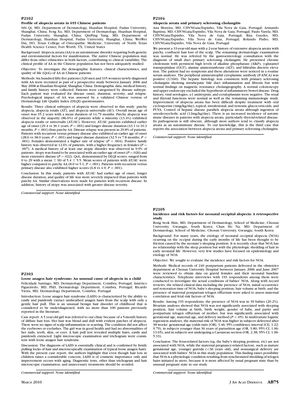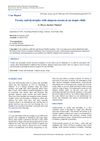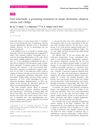Profile of Alopecia Areata in 655 Chinese Patients
February 2010
in “
Journal of The American Academy of Dermatology
”

TLDR Most patients with alopecia areata in China have patchy hair loss, with total hair loss being less common, and the condition often starts around age 35 and can negatively affect quality of life, especially in more severe cases.
In the study conducted between January 2006 and May 2008, 655 Chinese patients (320 men and 335 women) newly diagnosed with alopecia areata (AA) were examined to understand the demographic features, clinical characteristics, and quality of life (QoL) impacts of the condition. The majority of patients (86.6%) had patchy alopecia, while 13.4% had alopecia totalis (AT) or alopecia universalis (AU). The mean age of onset was 35.2 years, with a mean disease duration of 14.79 months. Patients with AT/AU had an earlier onset (29.4 years) and longer duration (43.1 months) compared to those with patchy AA. Recurrent disease was seen in 29.8% of patients, who also had an earlier onset and longer duration than those with primary disease. Females had a higher relapse rate and were more likely to have a positive family history of AA. Atopy was associated with an earlier age of onset and more extensive disease. The QoL, as measured by the Dermatology Life Quality Index (DLQI), was more severely impacted in patients with AT/AU and recurrent disease. The study concluded that AT/AU and recurrent AA are associated with earlier onset, longer duration, and greater impact on QoL, and that atopy is linked to greater disease severity.

